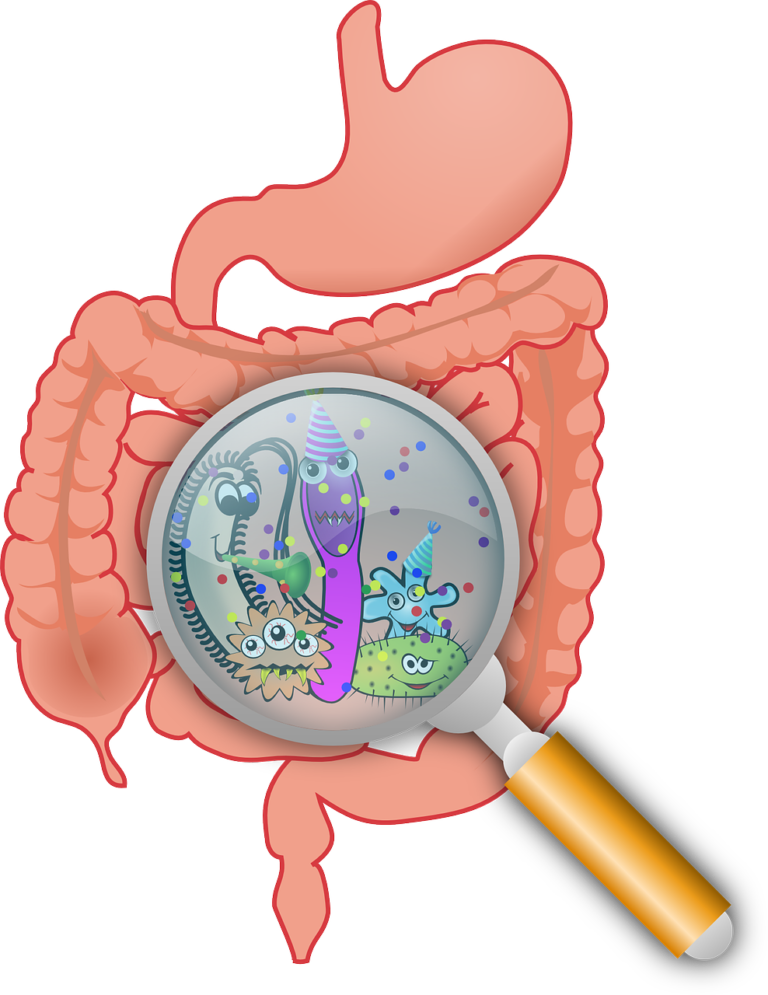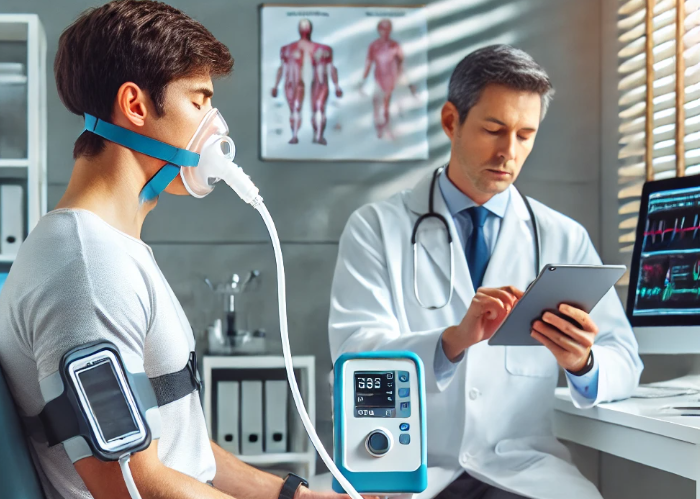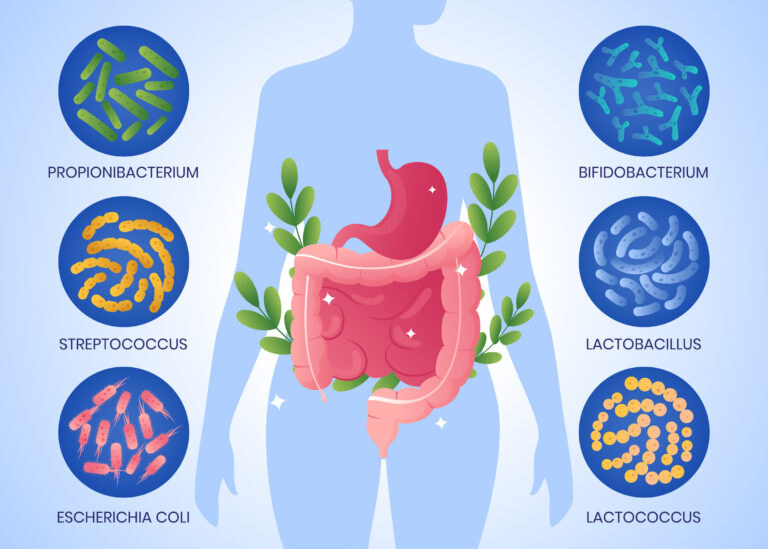Experiencing stomach pain after a colonoscopy? Learn about normal vs. concerning symptoms, effective relief methods, and when to seek medical attention. Expert advice for post-procedure recovery.
Introduction:
Did you know that over 15 million colonoscopies are performed annually in the United States? While it’s a routine and safe procedure, many patients experience some discomfort afterward. If you’re dealing with stomach pain after your colonoscopy, you’re not alone! In this comprehensive guide, we’ll walk you through everything you need to know about post-colonoscopy stomach pain, helping you understand what’s normal and when you should contact your doctor.
Is Stomach Pain Normal After a Colonoscopy?
Is stomach pain giving you concern after your colonoscopy? Let me put your mind at ease! Experiencing some discomfort after this procedure is completely normal – in fact, it’s something that most patients go through. Think of your colon as having just had a thorough wellness check, and now it needs a little time to recover. You might be feeling some mild cramping, dealing with extra gas (yes, those embarrassing moments are totally normal!), or noticing your bathroom habits are a bit different. These are all part of the natural recovery process!
The good news? These symptoms typically follow a pretty predictable timeline. The first 24 hours are usually the most challenging – this is when you might feel the most bloated and uncomfortable as your body works to eliminate the air used during the procedure. Think of it like a balloon slowly deflating! By day two or three, you should notice things starting to calm down significantly. Most people are back to their normal selves within 48-72 hours.
Here’s something interesting – did you know that the amount of discomfort you experience can vary based on several factors? Your personal medical history, like previous surgeries or existing digestive conditions, plays a role. Even the length of your procedure and whether your doctor took any biopsies can affect your recovery experience. The good news is that modern colonoscopy techniques, especially the use of carbon dioxide instead of regular air, are making the whole process much more comfortable for patients.
Speaking of comfort, let’s talk about what’s actually happening inside. During your colonoscopy, your doctor needed to use some air to get a clear view of your colon – kind of like inflating a balloon to see its surface better. This air takes some time to work its way out of your system naturally. For the first 6 hours after your procedure, while you’re still shaking off the sedation, you might feel some initial cramping. The next day is usually when most patients experience peak discomfort, but don’t worry – this is also when your body really kicks into gear at releasing that trapped air!
Recovery is like a predictable three-act play: Act One (0-6 hours) involves getting over the sedation and dealing with initial discomfort. Act Two (6-24 hours) might be the most dramatic, but it’s also when you start feeling better. And Act Three (24-72 hours) is your victory lap, where you gradually return to normal eating and regular bowel habits. Remember, everyone’s experience is unique, but understanding this timeline can help you feel more confident about what to expect. The key is to be patient with your body as it recovers from this important health screening!
Common Causes of Post-Colonoscopy Stomach Pain
Ever wondered why your stomach feels like a balloon after a colonoscopy? Let’s break down what’s really going on inside! First up, there’s the air factor – during your procedure, your doctor needs to use air (kind of like inflating a tiny balloon) to get a good look at your colon. This air can get a bit trapped in the twists and turns of your intestines, leading to that uncomfortable bloated feeling. You might even feel some of this discomfort up in your shoulders – wild, right? That’s because gas can refer pain to unexpected places!
Remember that prep day before your procedure? (Who could forget!) Well, that thorough cleanout does more than just empty your system – it temporarily throws your gut’s natural balance into a bit of chaos. Your body loses fluids and electrolytes, and even your friendly gut bacteria get a bit disrupted. Think of it like resetting your digestive system’s computer – it takes a little time to reboot properly!
Now, let’s talk about what happens during the actual procedure. The colonoscope (that flexible camera your doctor uses) is kind of like a careful explorer making its way through your colon. Sometimes this exploration can cause some minor irritation – especially if your doctor needed to take any biopsies or remove polyps. Don’t worry though! Your body is amazing at healing these tiny disturbances, but it might complain a bit during the process.
The sedation used during your procedure also plays a fascinating role. It’s like hitting the pause button on your digestive system – everything slows down for a while. Some people bounce back quickly, while others (especially those who are older or more sensitive to medications) might need a bit more time to shake off the effects. It’s completely normal if your stomach feels a bit queasy during this phase!
Your diet before and after the procedure is another key player in this recovery story. Going from empty to full isn’t as simple as it sounds! It’s like trying to restart a car that’s been sitting idle – you need to ease into it. Starting with clear liquids and gradually working your way back to solid foods gives your digestive system time to remember how to process everything properly.
Managing Post-Colonoscopy Discomfort
Let’s talk about making your post-colonoscopy recovery as comfortable as possible! The good news is that there are plenty of effective strategies to help you feel better faster. First up, let’s tackle those immediate relief techniques – think of yourself as your own comfort coach! A gentle clockwise tummy massage can work wonders, and believe it or not, taking short walks around your home can help those pesky gas bubbles find their way out. Pro tip: wearing your comfiest, loosest clothes and having a heating pad handy can make a world of difference!
Now, here’s something interesting about positioning – your body actually releases gas better when you lie on your left side or try what we call the knee-to-chest position (kind of like a cozy ball!). When it comes to eating and drinking, think of your digestive system like a sleepy friend who needs to wake up slowly. Start with clear, room-temperature liquids and gradually work your way up to soft, easy-to-digest foods. Stay away from those troublemakers like spicy foods or carbonated drinks for now – your tummy will thank you!
Hydration is your best friend during recovery, but here’s the trick: small, frequent sips are much better than big gulps. Think of it as slowly watering a plant rather than flooding it! And don’t be shy about trying some natural remedies – peppermint tea can be incredibly soothing, and many people find relief with simple over-the-counter gas relief medications (just check with your healthcare provider first!).
Remember, recovery is a bit like a marathon, not a sprint. Keep track of how you’re feeling, and celebrate the small victories as your body returns to normal. Before you know it, you’ll be back to your routine, armed with some new knowledge about what works best for your body!
Recovery Tips & Prevention Strategies
Recovery after a medical procedure involves a multifaceted approach that prioritizes diet, activity, rest, follow-up care, future preparedness, support systems, and long-term health. Initially, dietary recovery should start with clear liquids such as room temperature water and weak tea, progressing to easy-to-digest foods like lean proteins and well-cooked vegetables by days two and three, while avoiding raw vegetables, high-fiber, and spicy foods.
Physical activity should include light movements like 5-minute walks every two hours, gentle yoga, and avoiding strenuous exercises and heavy lifting. Rest strategies should emphasize optimal sleeping positions, balanced rest periods, and relaxation techniques such as deep breathing, meditation, and maintaining a comfortable environment with supportive pillows and proper room temperature.
Follow-up care includes timely post-procedure check-ins, symptom tracking, medication adjustments, and regular medical monitoring. Preparation for future procedures can be enhanced by personal reflections on successful strategies and adjustments for better comfort and efficiency.
Preventative practices like consistent exercise, balanced fiber intake, stress management, and adequate hydration play crucial roles in digestive health. Building a robust support system ensures effective communication with healthcare providers and assistance from family or friends for transportation, meal preparation, and emotional support.
Lastly, long-term success relies on ongoing preventive care, regular health screenings, and strategic planning that encompasses schedule management, healthcare documentation, and securing insurance resources to support lasting well-being.
Finally, even things like how you were positioned during the procedure, your previous surgical history, and how active you are afterward can affect your recovery. It’s like a complex puzzle where every piece plays its part in how you feel post-procedure. The good news? Most of these discomforts are temporary and completely normal parts of the recovery process!
Conclusion
Post-colonoscopy stomach pain, while uncomfortable, is typically a temporary experience that resolves within a few days. By following the recovery tips we’ve shared and knowing when to seek medical attention, you can navigate this recovery period with confidence. Remember, your healthcare provider is just a phone call away if you have concerns about your symptoms!





